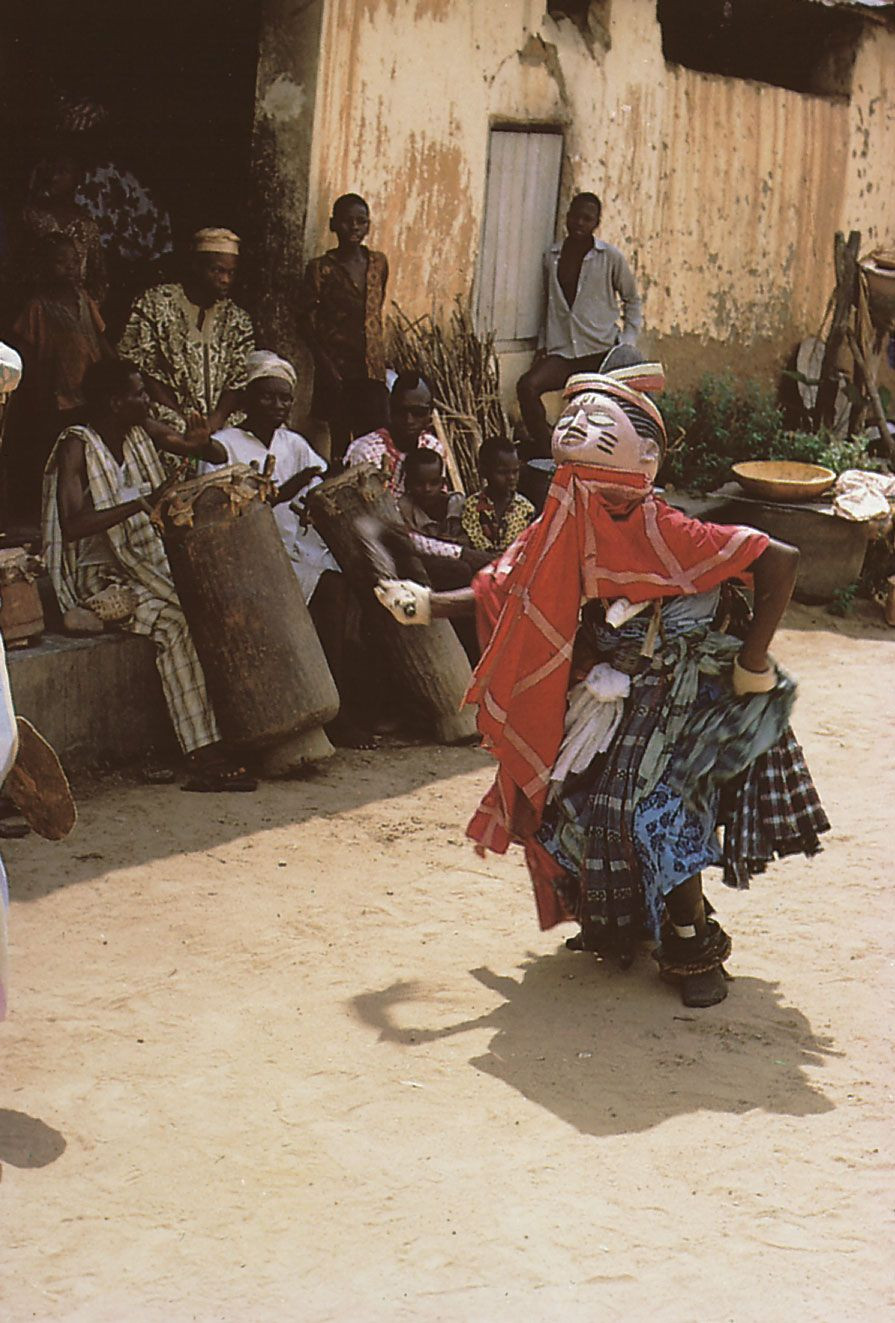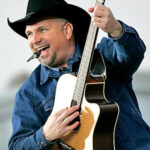Dance in Africa is far more than just rhythmic movement; it’s a profound expression deeply embedded in the social and cultural fabric of the continent. For Africans Dancing is an integral part of life, interwoven with music, theatre, and rhythmic bodily expression. It serves as a powerful medium for communication, celebration, and spiritual connection. Understanding African dance requires appreciating its multifaceted nature and the diverse roles it plays within communities.
The Cultural Significance of Africans Dancing
In African societies, the act of Africans dancing fulfills a complex array of social functions. Within any indigenous African dance tradition, each performance carries both primary and secondary purposes. These purposes often articulate and reinforce communal values and the intricate social relationships that bind people together. To truly appreciate the richness of African dance styles, it’s essential to understand the specific purpose behind each dance performance.
Frequently, the lines between ritualistic observance and social enjoyment blur in dance performances. These purposes can seamlessly merge, as exemplified by the appearance of the Efe mask during the Gelede ritual festival among the Ketu-Yoruba people in Nigerian and Benin villages. At the stroke of midnight, the masked figure emerges dramatically before the eagerly waiting community, uttering powerful incantations intended to appease malevolent spirits. The dancer then transitions into an energetic, stamping dance honoring the Earth Mother and the esteemed women elders of the community. As the dance unfolds, the performer pauses to sing praises for individuals of high social standing, meticulously acknowledging their seniority. In this way, a ritualistic act transforms into a social declaration, subsequently evolving into recreation as the formal Gelede dance troupe yields to spontaneous participation from onlookers until daybreak. The prominent Efe figure takes center stage, entertaining the audience with narratives that humorously and satirically address societal misbehavior from the preceding year.
The weightier the concept conveyed through dance, the greater the audience’s appreciation becomes. They become more demanding of skillful execution and movements that authentically embody the dance’s intended purpose. Africans dancing is not only valued as a social event but also cherished as an activity in its own right, offering entertainment and pleasure as a vivid expression of communal life.
 Gelede masquerader showcasing vibrant dance moves in a Nigerian palace courtyard
Gelede masquerader showcasing vibrant dance moves in a Nigerian palace courtyard
Africans Dancing in Religious Contexts
Traditional African belief systems are grounded in a worldview that emphasizes constant interaction between spiritual forces and the human community. Spiritual entities may reside within natural elements or animals and can also possess human beings. This spiritual possession is typically temporary and confined to ritualistic contexts. For instance, during the annual festival for the Yoruba deity Shango, his priest might dance into a profound trance, embodying the thunder god’s fury through lightning-fast arm movements and powerful shoulder rolls. In Zimbabwe, Mhondora spirit mediums, who connect the Shona people with ancestral guardian spirits, enter a trance state induced by the music of the mbira lamellaphone. To this music, they sing while performing simple, repetitive footwork. Thus, the dances performed by priests and mediums solidify their spiritual leadership roles within their communities.
Dance serves as a therapeutic tool in ritualistic societies across numerous African cultures. Hausa women, for example, find healing through dance and spirit possession within the Bori cult. Among the Jukun people of Nigeria, a similar organization known as the Ajun assists women experiencing hysterical disorders by exorcising malevolent spirits through initiation rites. During an intensive three-month period within a house shrine, the afflicted woman learns songs and dances with therapeutic functions. This culminates in a public ceremony where the initiate joins society members in performing the Ajun-Kpa dance. The female spirit mediums of the Kalabari people in the Niger Delta also utilize dance and song as vital components of their healing practices, and they are recognized for their restorative abilities.
Many African religions are built upon the principle of continuity between the living and their deceased ancestors. In some cultures, these ancestors return as masquerade performers to guide and judge the living. The intricate web of human relationships is continuously revitalized and reaffirmed at ritual festivals through various art forms, including dance. Africans dancing, therefore, is not just an art form, but a vital component of their spiritual and social well-being, reflecting a rich heritage and a dynamic present.


